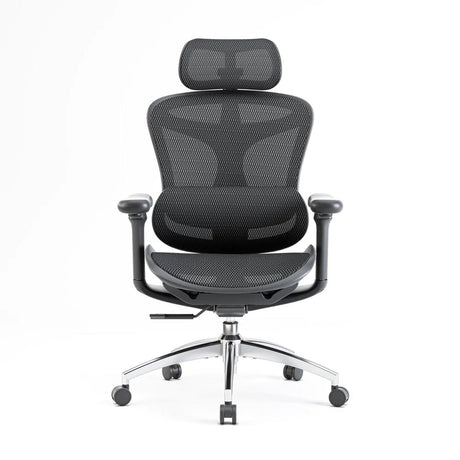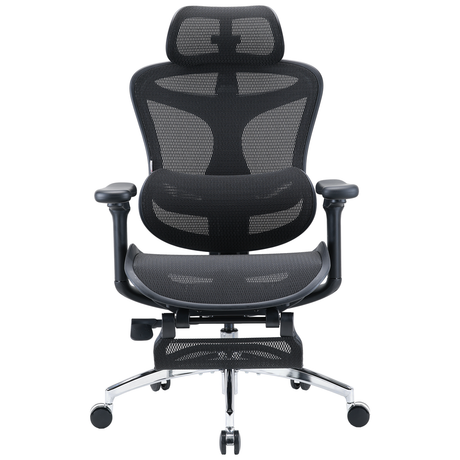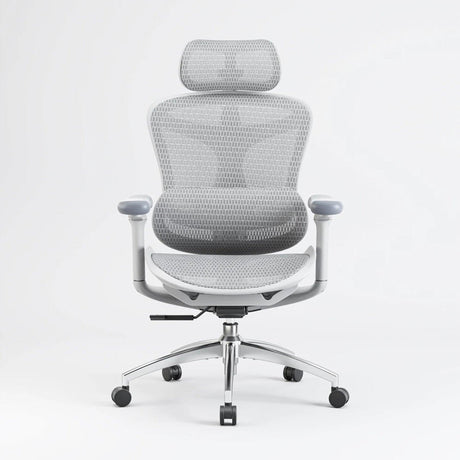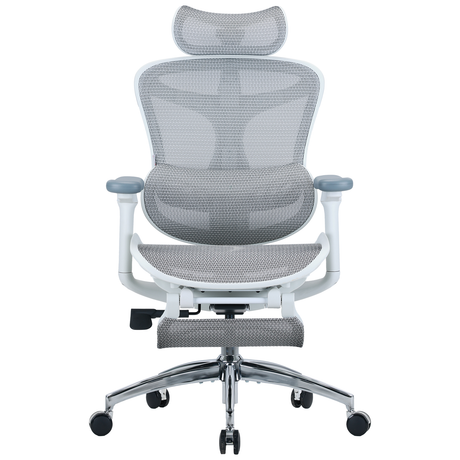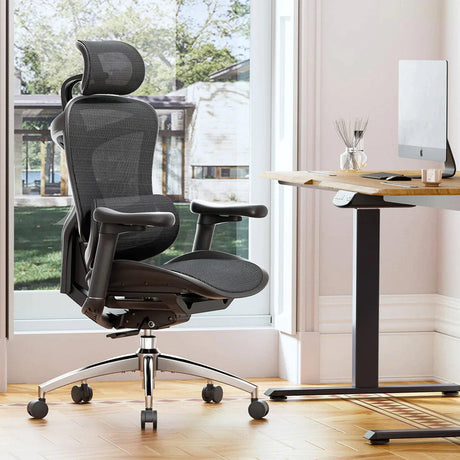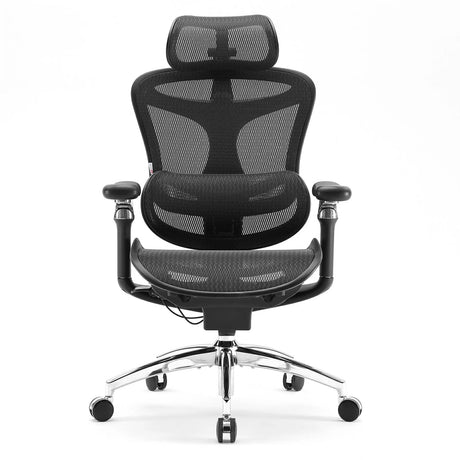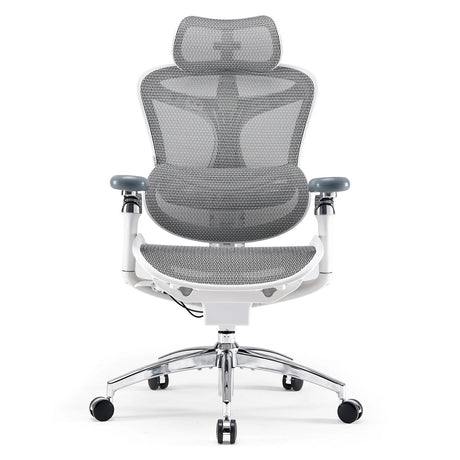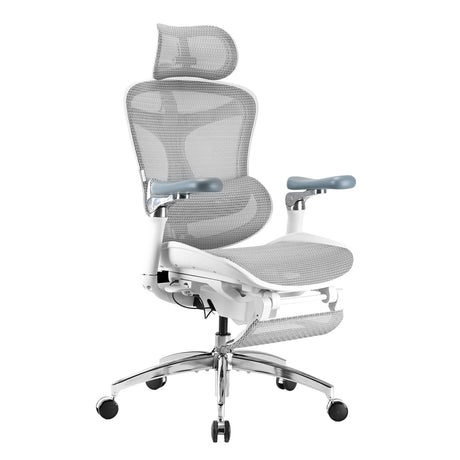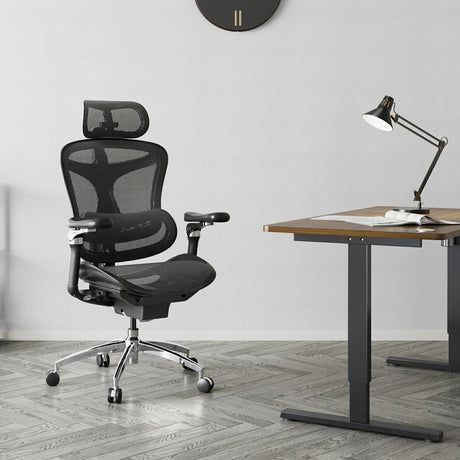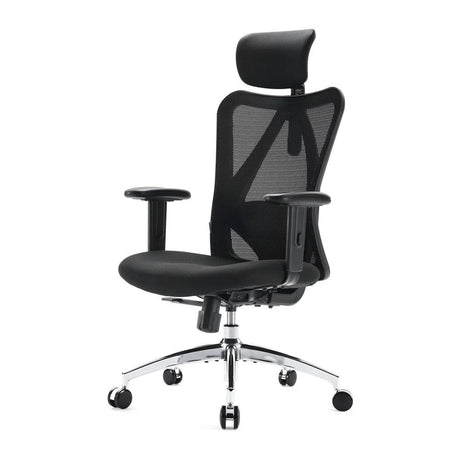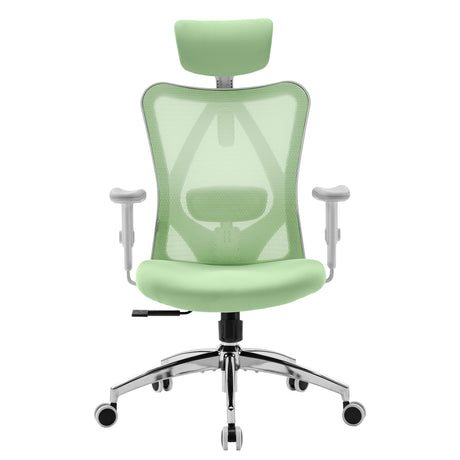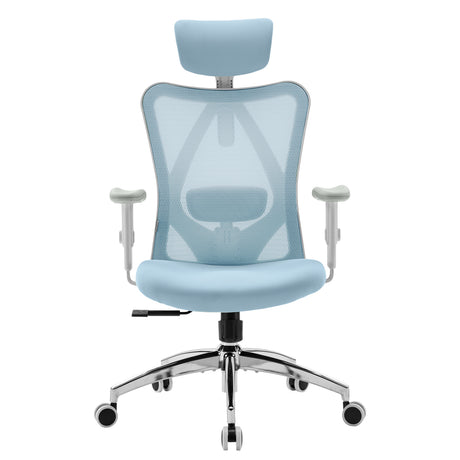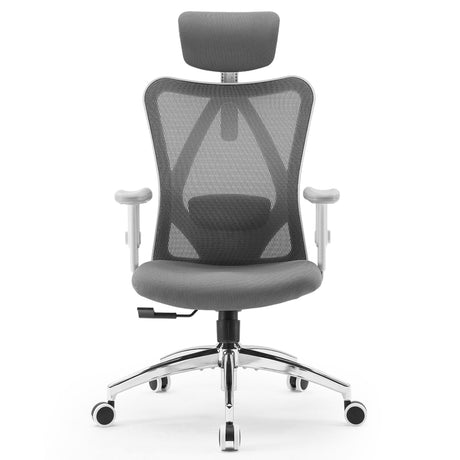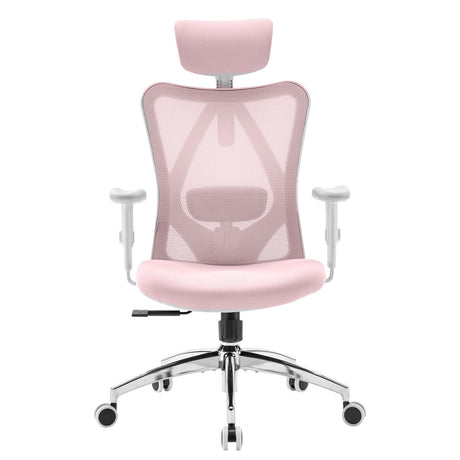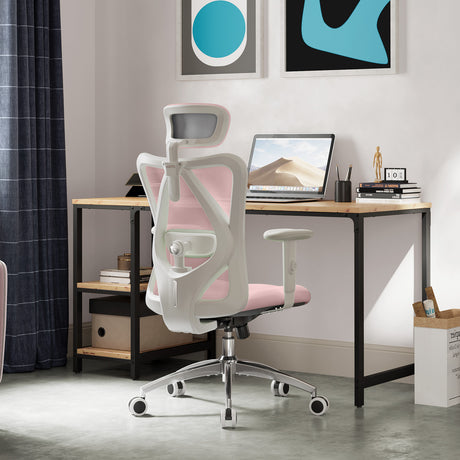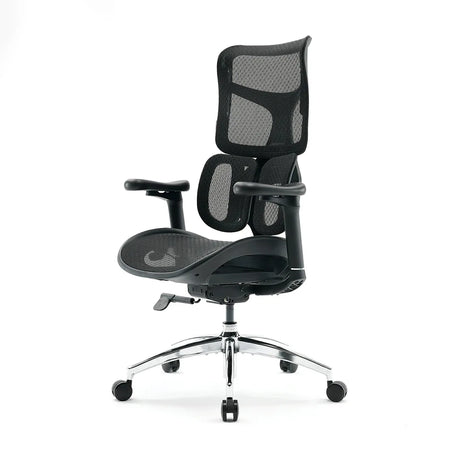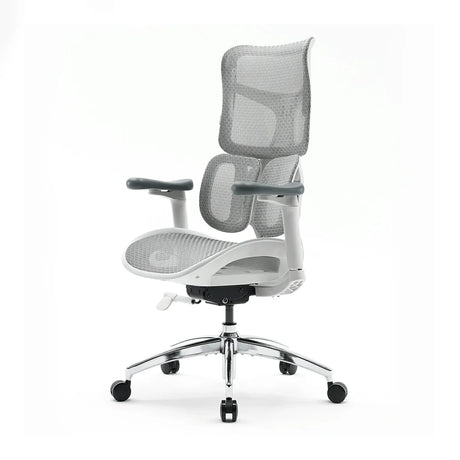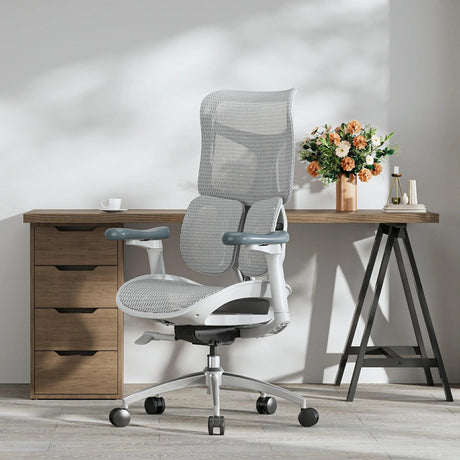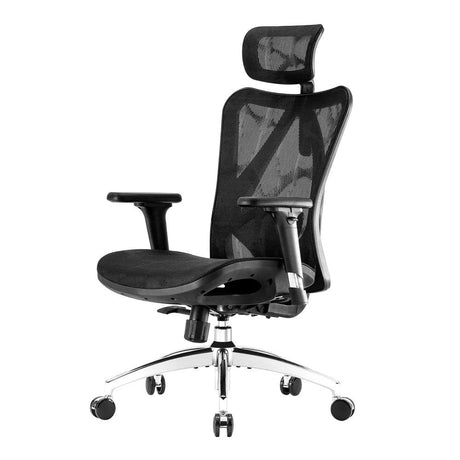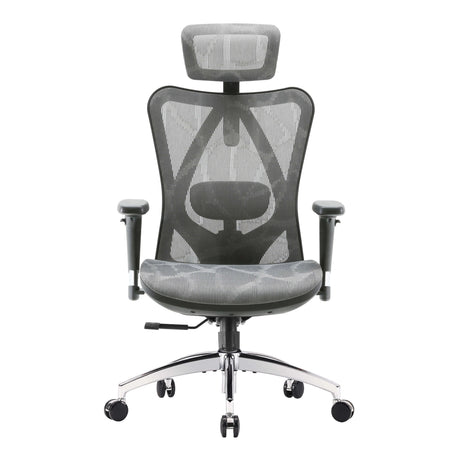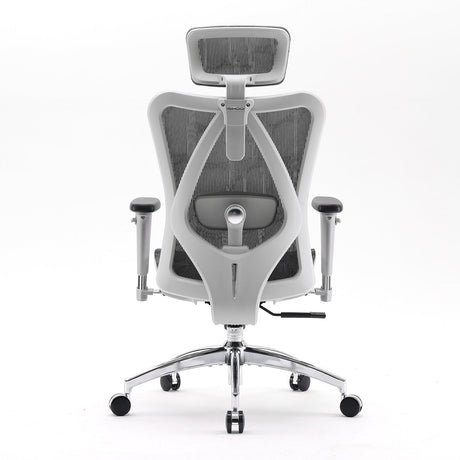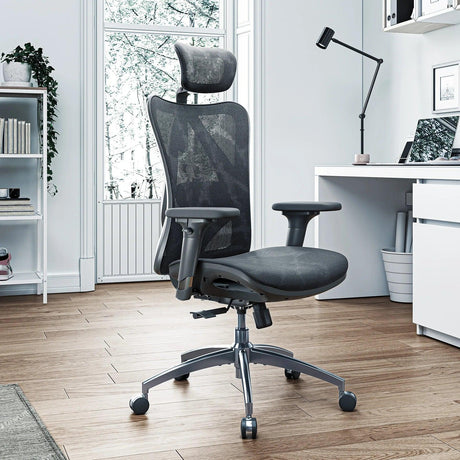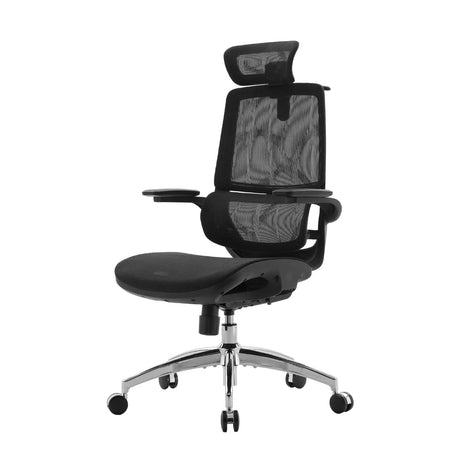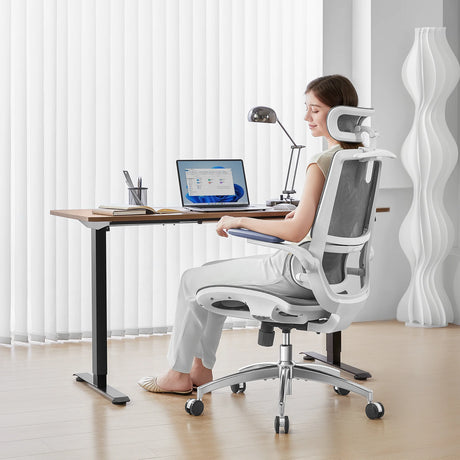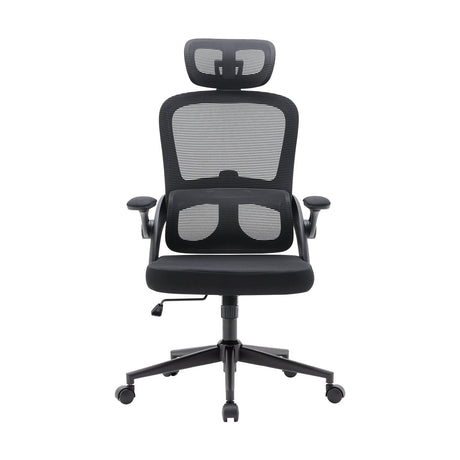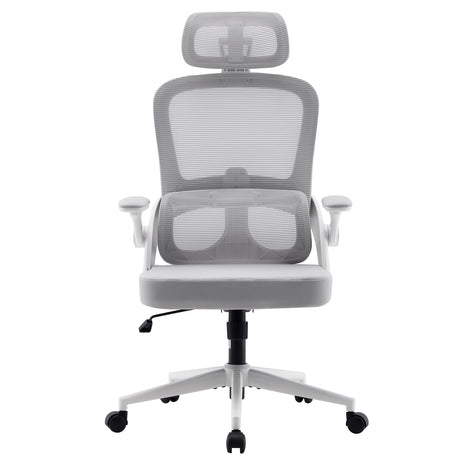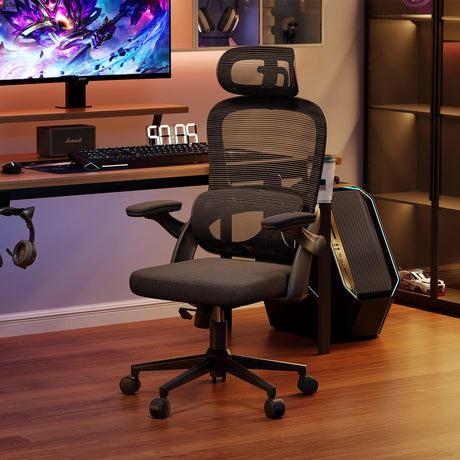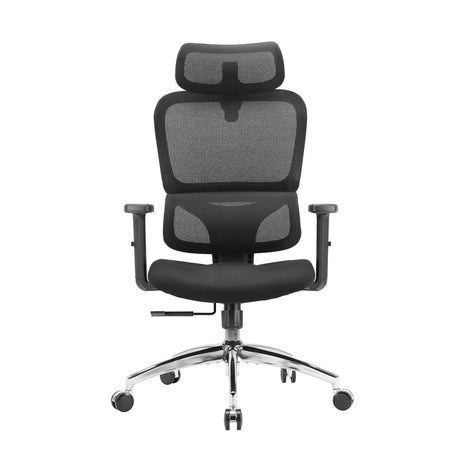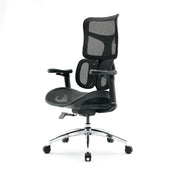If you’ve ever shopped for an office chair, you’ve probably asked yourself the same question that millions of people have: Why does one chair cost $200 and another nearly $1,000?
In this in-depth guide, we’ll break down the real differences between a $200 and a $1,000 office chair — from materials and ergonomics to durability, design, and long-term value. By the end, you’ll know exactly what you’re paying for and how to make the smartest investment for your body and budget.
1. The Hidden Cost of Comfort: Why Chair Pricing Varies So Widely
Office chairs aren’t priced at random. Their cost is shaped by a combination of design complexity, materials, adjustability, brand reputation, and long-term durability.
When you pay $200, you’re typically buying a chair made for occasional use — perhaps 2–4 hours a day. A $1,000 chair, in contrast, is built for full-time, daily use, often 8–12 hours, by someone who values posture, health, and lasting support.
Let’s look at where your money actually goes.
|
Factor |
$200 Chair |
$1,000 Chair |
|
Materials |
Basic mesh or bonded leather |
Premium woven mesh, genuine leather, aerospace-grade polymers |
|
Frame & Base |
Generic metal or plastic |
Reinforced aluminum or glass fiber composites |
|
Ergonomics |
Limited adjustability |
Multi-point ergonomic design, adaptive support |
|
Durability |
1–3 years typical lifespan |
10–15+ years with warranty |
|
Design & Aesthetics |
Simple, mass-produced |
Precision-engineered, often design-award winners |
|
Warranty |
1 year or none |
5–12 years, full coverage |
The takeaway? You’re not just buying a seat — you’re investing in engineering, durability, and health outcomes.
2. Build Quality: What’s Beneath the Surface Matters
One of the most obvious differences between budget and premium chairs is build quality.
2.1 Materials and Construction
- $200 chairs often use molded plastic, low-density foam, and bonded leather, which tends to crack or peel after a year or two.
- $1,000 chairs, on the other hand, use die-cast aluminum, aerospace-grade polymers, and high-elasticity mesh designed to support years of continuous sitting without sagging.
2.2 Frame and Base Strength
A budget chair might hold up for casual home use but can start to creak or wobble under daily office stress. Premium chairs use precision joints, steel reinforcements, and rigorously tested bases that can handle over 300 lbs for thousands of recline cycles.
2.3 Assembly and Precision
Budget chairs often arrive as a box of parts — easy enough to assemble but rarely seamless. Higher-end chairs come pre-tensioned, pre-calibrated, and perfectly balanced, ensuring an even distribution of pressure across your spine and hips.
Simply put, a $1,000 chair feels like a cohesive system, while a $200 chair feels like a collection of parts.
3. Ergonomics: The Science Behind Comfort and Productivity
The biggest factor separating a cheap chair from an expensive one isn’t the leather or the brand — it’s ergonomics.
A well-designed ergonomic chair can reduce fatigue, prevent chronic pain, and even improve your focus. But what does that look like in practice?
3.1 Adjustable Lumbar Support
In budget chairs, lumbar support (if any) is fixed. You can’t change its height, depth, or firmness.
Premium chairs often include dynamic or adaptive lumbar systems — for example, mechanisms that flex as you lean or tilt, automatically supporting the natural curve of your spine.
3.2 Seat Depth and Angle
Most $200 chairs have a fixed seat pan — you either fit the chair or you don’t.
High-end models feature adjustable seat depth, allowing you to position the seat edge just right to avoid thigh pressure and promote circulation. Some even have synchronized tilt mechanisms that keep your hips open as you recline, reducing lower back stress.
3.3 Recline Mechanism and Tension
Budget chairs often offer basic tilt functions — typically one lever for height, one for tilt, and maybe a lock.
A premium chair offers multi-point recline control, anti-gravity mechanisms, or weight-sensing systems that automatically adapt recline tension to your body weight. The result? Effortless movement and sustained comfort through long hours.
3.4 Armrest Adjustability
$200 chairs might give you height-adjustable armrests. That’s it.
$1,000 chairs can feature 4D or even 6D coordinated armrests, allowing you to move them up, down, forward, backward, inward, and outward — perfectly aligning with your elbows and wrists during typing or gaming.
3.5 Head and Neck Support
Entry-level chairs rarely include a proper headrest. If they do, it’s often decorative.
Higher-end chairs integrate ergonomic headrests that cradle the cervical spine and move dynamically with your posture changes — reducing neck fatigue during extended screen sessions.
Ergonomics is where expensive chairs truly pay off. They don’t just feel better — they encourage movement and alignment, keeping your spine neutral and your muscles active throughout the day.
4. Comfort Over Time: Short-Term vs Long-Term Sitting
A $200 chair might feel fine when you first sit on it. But comfort isn’t just about the first 10 minutes — it’s about the next 10 hours.
4.1 Short-Term Comfort
Cheaper chairs often rely on soft padding to feel cozy initially. Unfortunately, low-density foam compresses quickly, creating pressure points and promoting slouching.
4.2 Long-Term Comfort
In contrast, high-end chairs use engineered suspension systems, high-resilience foams, or elastic mesh materials that distribute weight evenly. Over time, these maintain consistent support without sagging or flattening.
It’s the difference between sitting on a cushion and sitting in a carefully balanced structure designed to support your entire kinetic chain — from spine to legs.
5. Aesthetics and Design Philosophy
A $200 chair is built for affordability. A $1,000 chair is built for performance, design, and brand identity.
High-end office chairs often emerge from years of research and testing, sometimes in collaboration with industrial designers or medical experts. Some even win international design awards for innovation and user experience.
They’re not just tools — they’re part of your workspace aesthetic. Clean lines, sculpted contours, and high-quality finishes make them blend seamlessly into modern offices and creative studios.
And while you can find visually appealing budget chairs, they rarely maintain that appeal after months of wear and tear.
6. Durability and Lifespan: The True Cost of Ownership
Here’s the paradox: a $200 chair often ends up being more expensive in the long run.
6.1 Expected Lifespan
- $200 chair: 1–3 years before structural or material failure.
- $1,000 chair: 10–15 years or more, often with warranties covering every part.
6.2 Wear Resistance
Premium chairs are tested through hundreds of thousands of use cycles — from recline tension to wheel glide. Their materials resist fading, fraying, and compression far longer.
6.3 Warranty and Support
Most budget brands offer limited coverage or none at all.
High-end manufacturers stand behind their products with multi-year or lifetime warranties and accessible parts replacement. That peace of mind is part of what you pay for.
If you replace a $200 chair every 2 years, in a decade you’ve spent $1,000 anyway — without the ergonomic benefits, comfort, or build integrity that a premium chair would have delivered from day one.
7. Health and Posture: The Real Investment
You can’t put a price tag on spinal health. Poor seating habits cause a cascade of problems — back pain, neck strain, fatigue, even headaches.
7.1 The Ergonomic Difference
High-end chairs are often clinically tested and biomechanically optimized to maintain healthy posture. Dynamic lumbar systems, automatic recline calibration, and seat-pan tilt all promote spinal neutrality and circulation.
7.2 The Budget Chair Trade-Off
Cheaper models tend to lock you into static positions. Without proper support, your muscles compensate — often leading to chronic discomfort over time.
7.3 Productivity and Focus
It’s not just physical health. Studies show that comfortable, ergonomic environments enhance concentration, reduce absenteeism, and boost work satisfaction. That’s why premium chairs are considered business investments, not luxuries.
8. Environmental Responsibility and Sustainability
Sustainability has become a major factor in furniture design.
- Budget chairs are typically mass-produced using low-cost materials that are difficult to recycle.
- Premium brands increasingly use sustainable production methods, modular parts for easy replacement, and recyclable metals or eco-friendly textiles.
Buying one long-lasting chair instead of multiple disposable ones also reduces environmental waste — an often-overlooked but significant benefit.
9. Brand Reputation and Research Investment
A portion of what you pay for in a premium chair is brand trust — but that trust is earned through years of R&D and user testing.
Companies that produce $1,000 chairs often invest heavily in:
- Biomechanical research
- Posture and motion analysis
- User experience testing
- Material innovation
That’s why premium chairs often feature proprietary mechanisms or patented technologies that cheaper chairs try to imitate without success.
In contrast, $200 chairs are usually OEM products — mass-manufactured designs sold under various brand names with minimal testing or differentiation.
10. Adjustability: Finding Your Personal Fit
Every body is different — height, weight, posture habits, work type. Premium office chairs recognize this reality.
10.1 Budget Chair Adjustments
Most $200 chairs offer:
- Seat height adjustment
- Basic tilt with one lock position
- Sometimes armrest height adjustment
10.2 Premium Chair Adjustments
A $1,000 chair often includes:
- Adjustable seat height, depth, and tilt
- Independent backrest tension and recline lock
- Fully adjustable headrest
- 4D or 6D armrests
- Adaptive lumbar system
- Synchronized seat-back movement
The result is a personalized sitting experience — one that feels tailor-made for your body, not one-size-fits-all.
11. Real-World Experience: What You Actually Feel Day-to-Day
Ask anyone who has upgraded from a budget chair to a premium one, and they’ll describe the difference in terms of effortlessness.
Premium chairs feel “weightless” — you move, recline, or shift posture naturally without adjusting knobs every five minutes. The chair moves with you, not against you.
That subtle balance keeps your muscles engaged but not tense, promoting better posture throughout the day. Over time, this translates into fewer aches, better focus, and higher energy.
A $200 chair can’t replicate that fine-tuned, body-responsive experience — not because it’s bad, but because it’s not built for that level of nuance.
12. The Psychology of Sitting: How Premium Chairs Affect Behavior
There’s a psychological aspect too. When you invest in a well-designed chair, you respect your workspace more. You sit better, stay more organized, and even feel more professional.
Premium chairs are designed not just for comfort but for confidence. They communicate quality, attention to detail, and care for well-being — values that subtly influence your mindset and productivity.
That might sound intangible, but it’s part of why successful professionals, designers, and executives consistently invest in top-tier seating.
13. Who Should (and Shouldn’t) Buy a $1,000 Office Chair
A $1,000 office chair isn’t for everyone — and that’s okay.
13.1 Who Should Consider a Premium Chair
- Professionals working 8+ hours per day at a desk
- People experiencing chronic back or neck pain
- Remote workers building a long-term home office
- Creative professionals (designers, developers, editors) needing sustained focus
- Businesses seeking to improve employee health and retention
13.2 Who Might Be Fine With a $200 Chair
- Casual users sitting less than 3 hours daily
- Students or part-time freelancers
- Temporary setups or guest offices
- Those on a tight budget who prioritize immediate affordability over long-term comfort
In short, the decision comes down to how much time you spend sitting and how much you value your body’s comfort and health.
14. Making the Right Choice: Balancing Budget and Benefit
If $1,000 feels out of reach, you can still find excellent mid-range options between $300–$600 that offer much of the same ergonomic design and build quality.
Focus on:
- Adjustable lumbar support
- Seat depth control
- 4D armrests
- High-resilience mesh or foam
- Metal or reinforced frame
These features will deliver 80% of the experience of a premium chair at half the cost — a smart balance for most people.
15. The Long View: Investment, Not Expense
Think of your office chair like a mattress: you spend a third of your life using it.
If a premium chair lasts 10 years, the cost breaks down to around $100 per year — or less than $0.30 per day. Meanwhile, your health, comfort, and productivity may benefit every single hour.
That perspective often reframes the “sticker shock” of high-end seating into a rational long-term investment in your body’s well-being.
16. Key Takeaways: $200 vs. $1,000 Chairs in Summary
|
Category |
$200 Chair |
$1,000 Chair |
|
Build Quality |
Basic plastic, foam |
Reinforced metal, premium mesh |
|
Comfort |
Short-term softness |
Long-term ergonomic support |
|
Adjustability |
Limited |
Full-body customization |
|
Lifespan |
1–3 years |
10–15 years |
|
Health Impact |
Minimal support |
Promotes proper posture and movement |
|
Warranty |
0–1 year |
5–12 years |
|
Real Cost Over 10 Years |
≈ $1,000+ (multiple replacements) |
≈ $1,000 (once) |
Conclusion:
A $200 chair is a quick fix; a $1,000 chair is a long-term solution. The difference isn’t just price — it’s philosophy, engineering, and value for your health.
17. FAQs
1. Are expensive office chairs really worth the money?
Yes — if you sit for long hours daily, a high-quality ergonomic chair can significantly reduce back pain, improve posture, and last over a decade, making it a smart investment.
2. What features should I prioritize if I can’t afford a $1,000 chair?
Focus on adjustable lumbar support, seat depth, armrest flexibility, and breathable mesh materials. These have the biggest impact on daily comfort.
3. Do high-end chairs fit all body types?
Most premium models are designed with adjustable features to accommodate a wide range of heights, weights, and body shapes — something budget chairs rarely achieve.
4. How long should a good office chair last?
A high-quality ergonomic chair can last 10–15 years with proper care. Budget models may last only a few years before structural or cushioning failure.
5. Can a cheap chair cause back problems?
Yes. Poor lumbar support, incorrect seat depth, and non-adjustable posture alignment can contribute to chronic discomfort or long-term spinal issues.
6. Are there mid-range chairs that perform well?
Absolutely. Brands in the $300–$600 range often offer excellent ergonomics, adjustable features, and reliable build quality — ideal for most home offices.
Final Thoughts
The real difference between a $200 and a $1,000 office chair goes far beyond aesthetics or brand prestige. It’s about how the chair interacts with your body, how it supports you hour after hour, and how long it continues to do so without compromise.
If you view your chair as a temporary tool, a budget model might suffice. But if you see it as an integral part of your work, creativity, and well-being, then a premium ergonomic chair isn’t a luxury — it’s a long-term investment in yourself.
Because at the end of the day, the right chair doesn’t just support your back — it supports your success.


